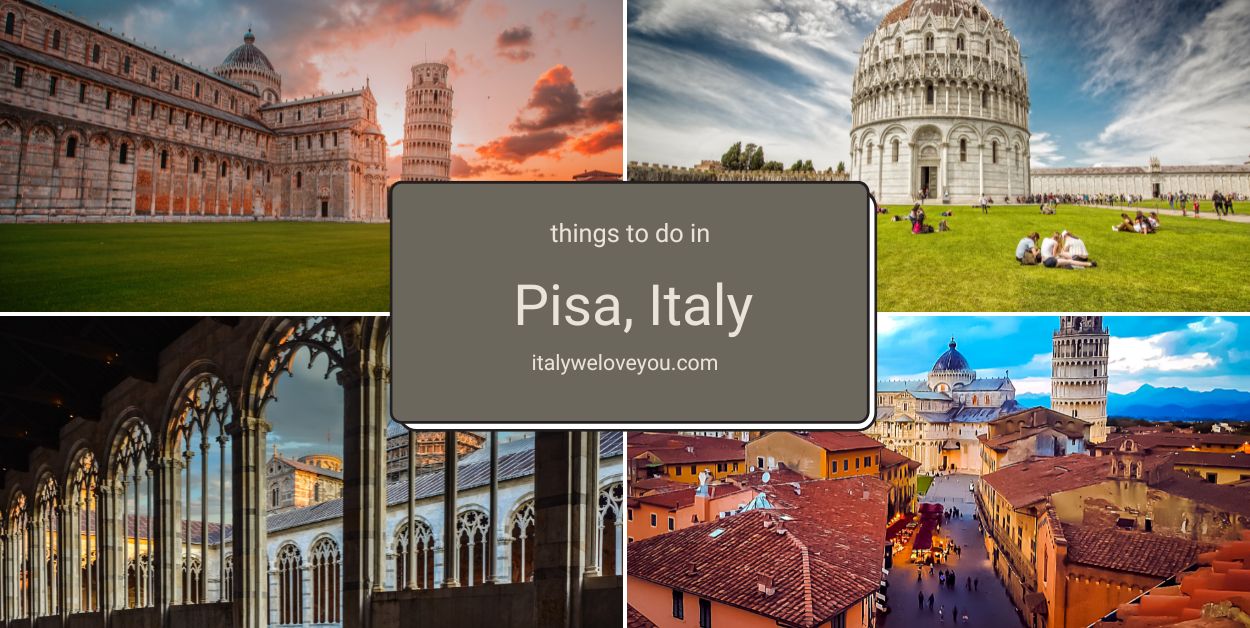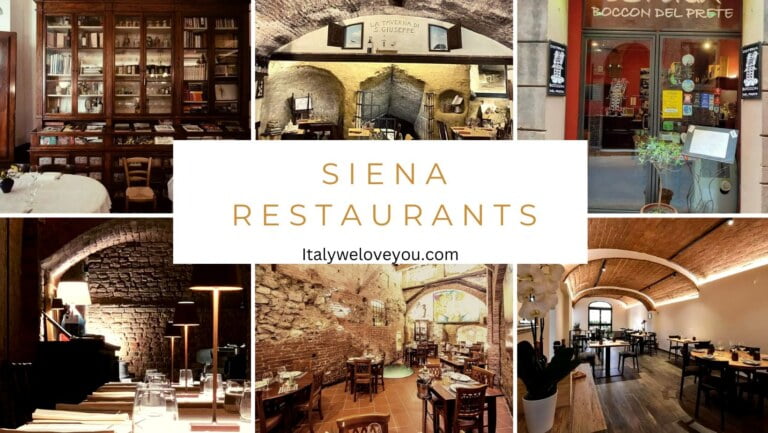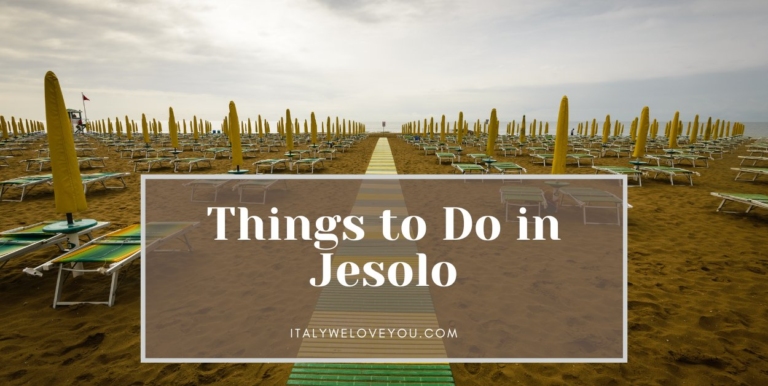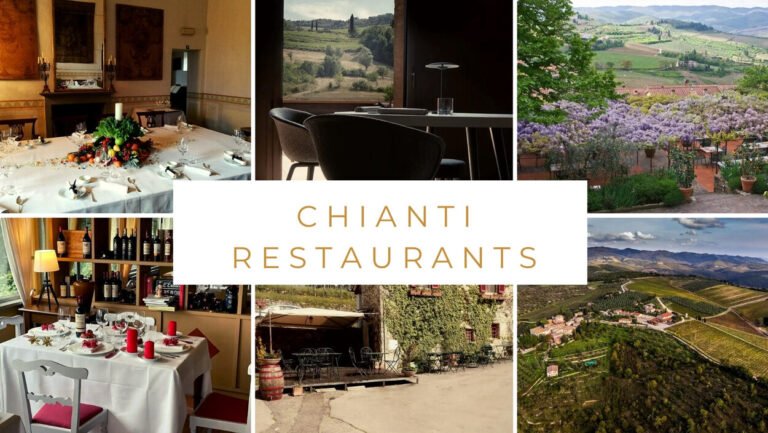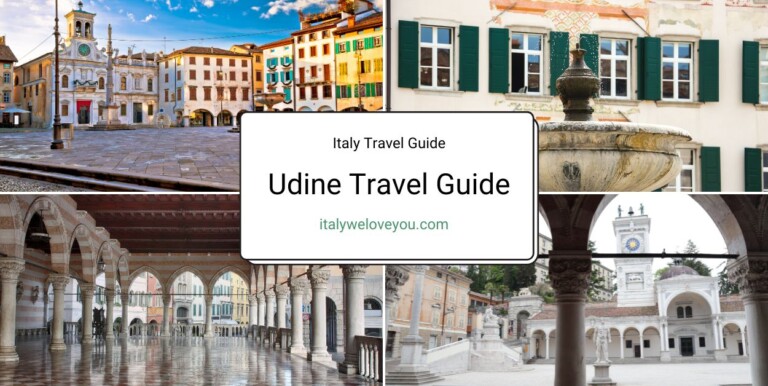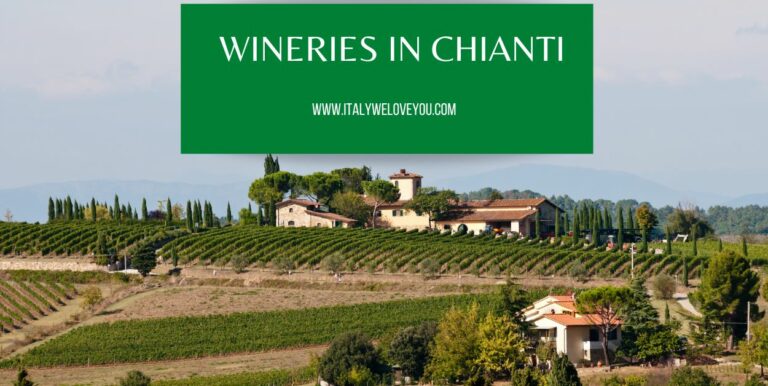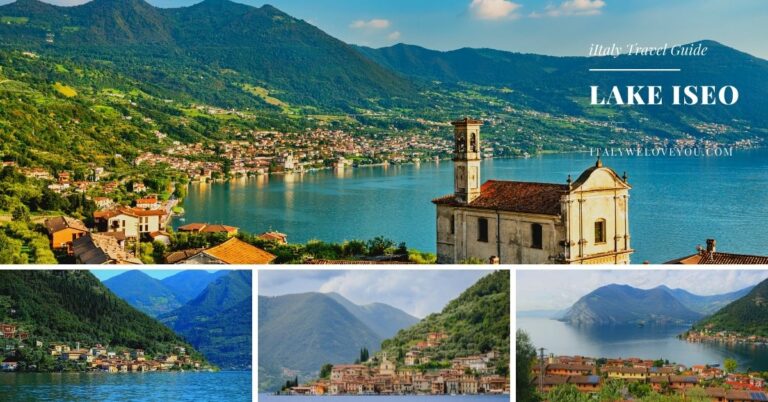The 11 Best Things to Do in Pisa, Italy
Pisa has a thousand-year history, but at the time of the Maritime Republics (13th-15th centuries), the city reached the peak of its power. This period of great splendor is testified by its artistic treasures, such as churches, bridges, and noble palaces with magnificently frescoed interiors.
It is advisable not to use the car and prefer public transport: buses and trains provide an excellent service to reach Pisa. Besides, you can easily visit the historic city center on foot.
Here is our guide on the best things to do in Pisa.
Piazza dei Miracoli
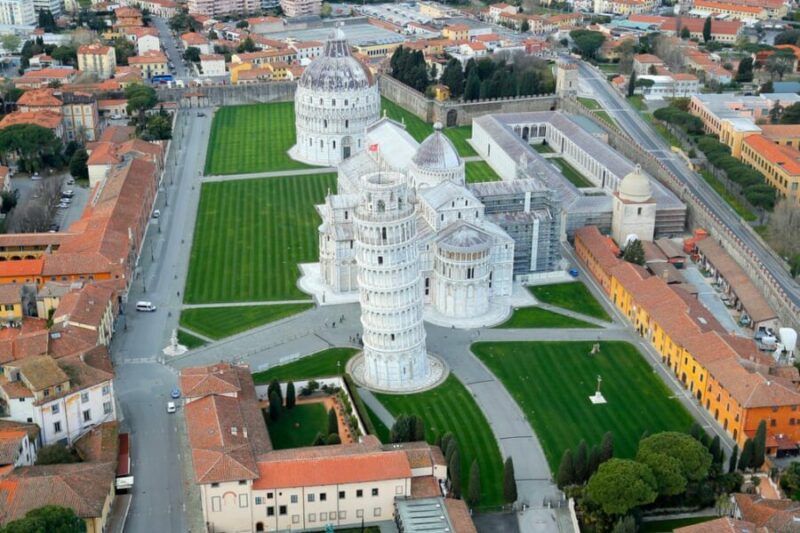
When we talk about Pisa, we mainly imagine its famous leaning tower. However, this imposing bell tower is only one of this beautiful city’s many monuments. The wonderful Piazza del Duomo contains the main religious monuments of the city, such as the Leaning Tower, the Cathedral (Duomo), the Baptistery, and the Campo Santo (Cemetery). It is no coincidence that it is called “Piazza dei Miracoli” (Square of Miracles).
But the beauties of Pisa are not limited only to this square. Just move away a bit to discover the other artistic wonders that make it one of the most beautiful cities of art in Italy, testifying to its glorious past.
The Leaning Tower of Pisa
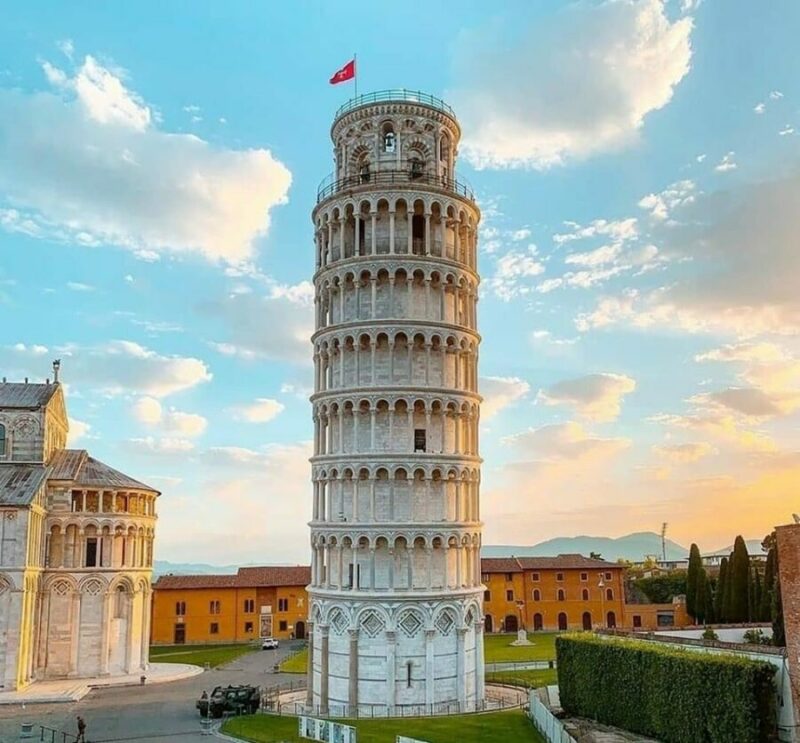
We have said that the Torre pendente (Leaning Tower) is certainly the symbol of the city of Pisa and the most famous moment of Piazza dei Miracoli.
The tower, born as a bell tower of the nearby cathedral of Santa Maria Assunta and built between the twelfth and fourteenth centuries, is 56 meters high. Already in the early stages of construction, it began to tilt due to the subsidence of the land; for this reason, the works for its construction lasted for over two centuries.
Today it is possible to climb its 294 steps to reach the top, from which you can enjoy a spectacular view of the city. Climbing to the top of the Leaning Tower is one of the experiences to do at least once.
Pisa Cathedral
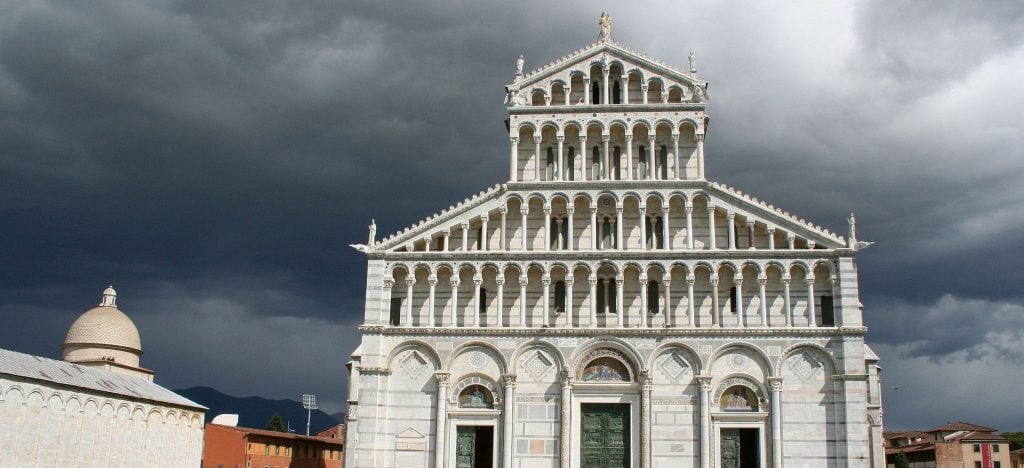
The nearby Cathedral dedicated to Santa Maria Assunta is the most representative emblem of Pisan Romanesque art. The imposing religious building blends elements of Norman, Byzantine, early Christian, and Arab art, giving life to an original style.
Built starting from 1063, the exterior of the Cathedral is richly decorated with multicolored marble, mosaics, and bronze objects, while the particular alternation of white and black marble, gray marble columns, and coffered ceilings characterizes the interior.
Pisa Baptistery
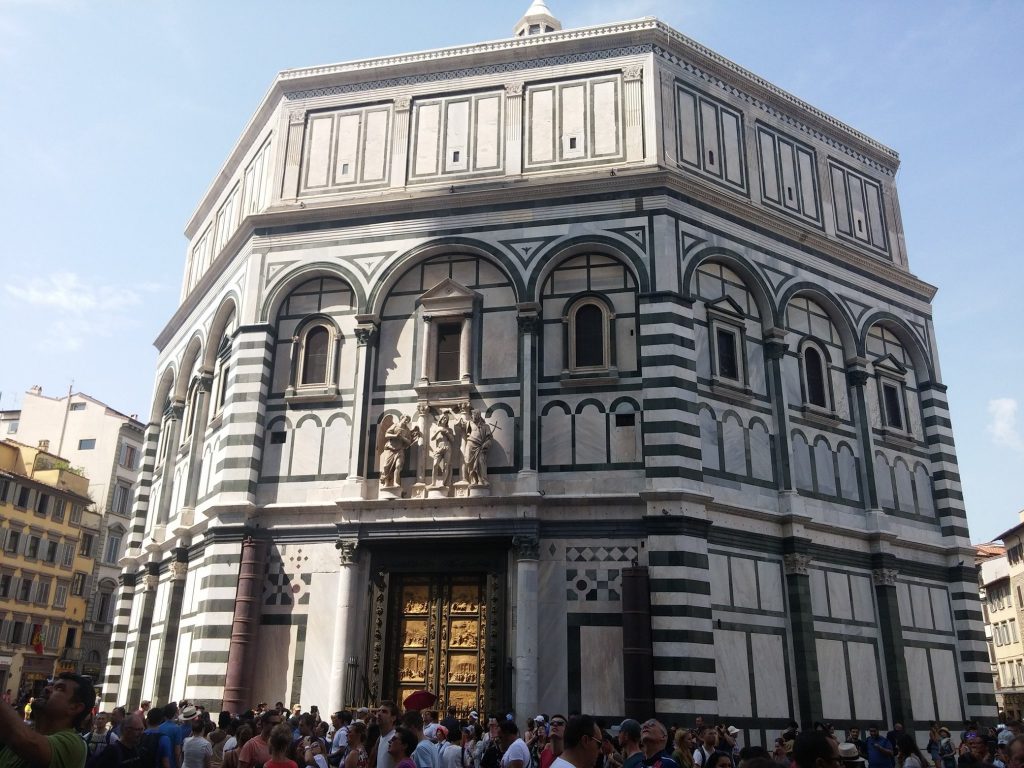
The Baptistery is another noteworthy building in the monumental complex of Piazza dei Miracoli, the largest in Italy. Its construction began in 1153 and lasted for over a century.
Of great beauty, we find inside the building the baptismal font (where Galileo Galilei was baptized in 1564) and the pulpit by Nicola Pisano. The Baptistery also has exceptional acoustics.
Camposanto Monumentale di Pisa
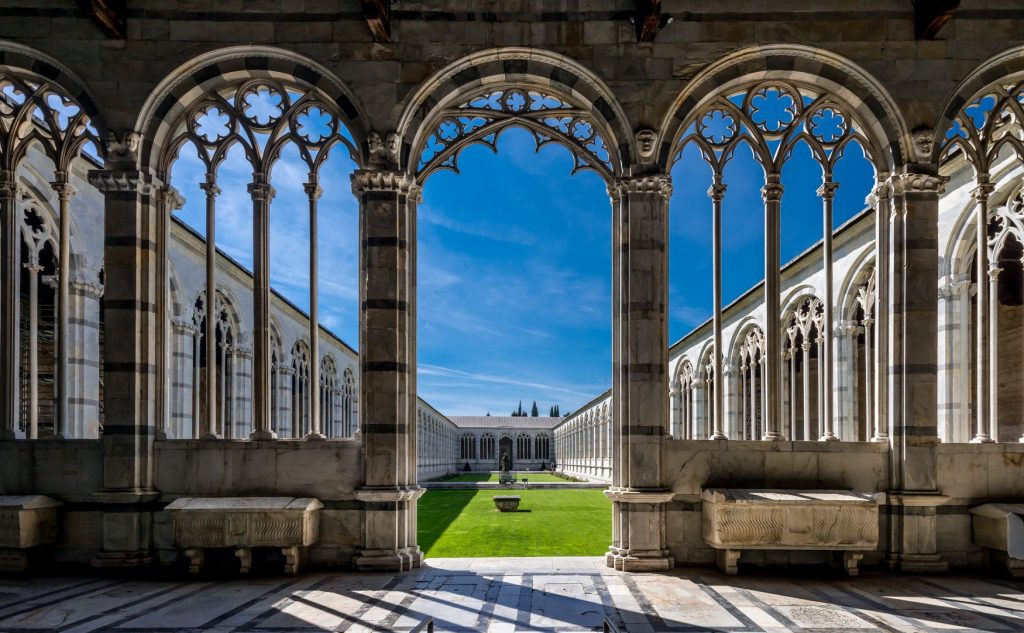
The last wonder of Piazza dei Miracoli is the Camposanto Monumentale (Monumental Cemetery): the crusaders brought the holy land taken from Mount Golgota from Jerusalem.
In this cemetery, started in 1277, the most illustrious characters of Pisa are buried there, and there are works of art from the Etruscan, Roman, and medieval periods up to 19th-century masterpieces. Unfortunately, the Camposanto was damaged during the Second World War.
Piazza dei Cavalieri (The Knights’ Square)
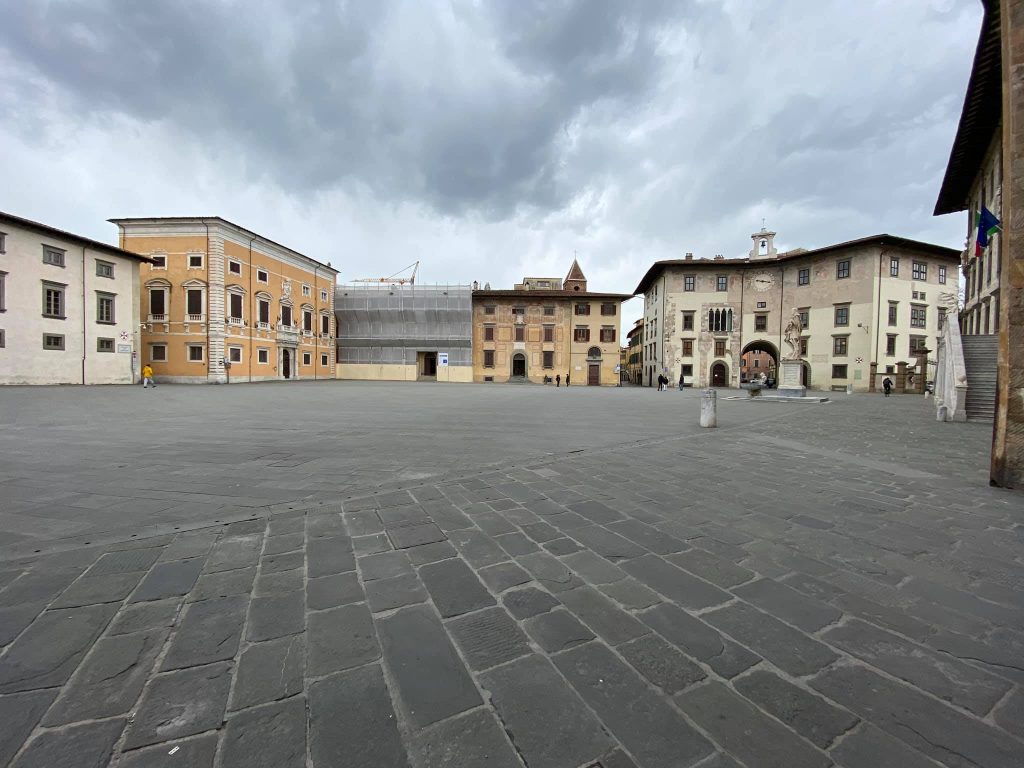
Not far from Piazza dei Miracoli, we find another beautiful square: Piazza dei Cavalieri (Knights’ Square), which takes its name from the presence of the headquarters of the Order of the Knights of Santo Stefano.
Today it is, above all, a place of culture and study due to the presence of the Scuola Normale di Pisa, one of the most prestigious universities in Italy, housed in the Palazzo della Carovana.
This Renaissance palace was designed by Giorgio Vasari, who made it embellished with allegorical figures and zodiac signs. Nearby is the equally splendid medieval Palazzo dell’Orologio, the church of Santo Stefano dei Cavalieri, and the Statue of Cosimo I.
Lungarni
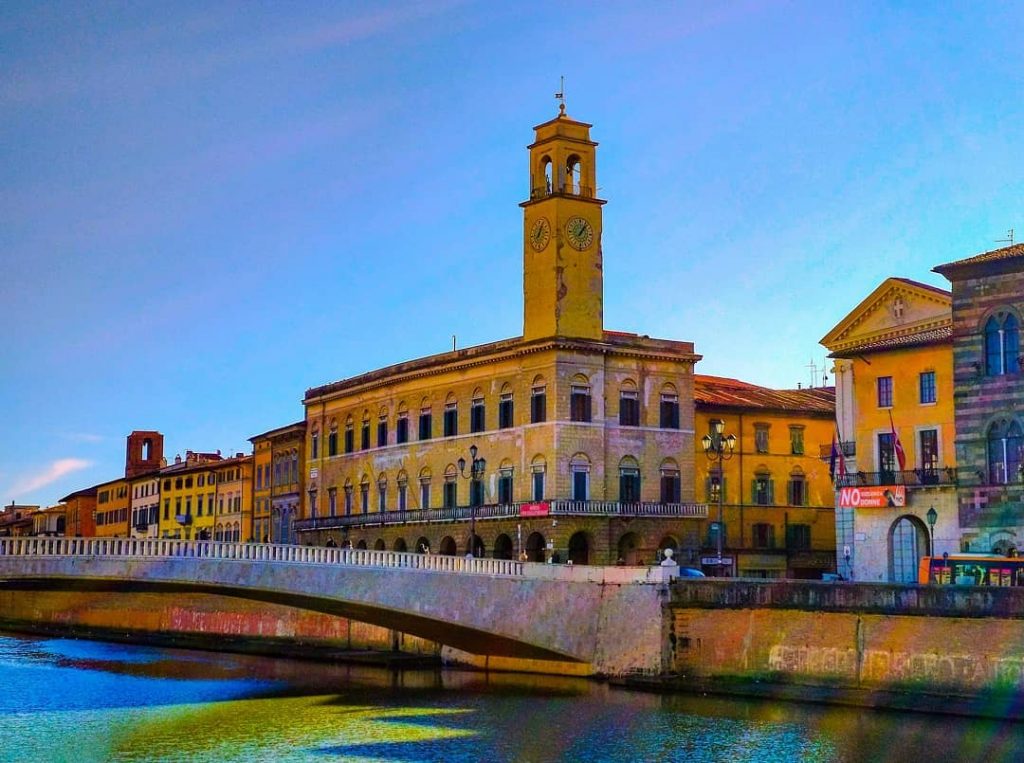
Other important places besides the Piazza dei Miracoli are the spectacular Lungarni, that is, those roads that line the Arno river, which is renowned in Pisa both among the inhabitants and tourists: here you will find many meeting points with bars, restaurants, and pubs, as well as pleasant and suggestive walks to admire the architecture of the palaces, towers, and churches – also of medieval origin, then remodeled over the years – which follow one another along the river.
To visit there is certainly, on Lungarno Gambacorti, the church of Santa Maria della Spina, a small Gothic jewel. It dates back to 1333, and its name derives from a thorn from the crown of Christ that was exposed there.
On Lungarno Galilei, after Palazzo Lanfranchi, we find the Church of San Sepolcro, created for the purpose of church, hospital, and convent.
The other side of the Arno, on the other hand, is bordered by Medici Lungarno, important and renowned for the presence of Palazzo Medici, also known as Palazzo Vecchio (it was the residence of Lorenzo Il Magnifico) and for the church of San Matteo with the National Museum next to it, which collects the works of art of families that succeeded one another inside the Palace, including masterpieces made by Raphael, Canova and others, but also armor, private collections of Flemish paintings and much more.
Tuttomondo
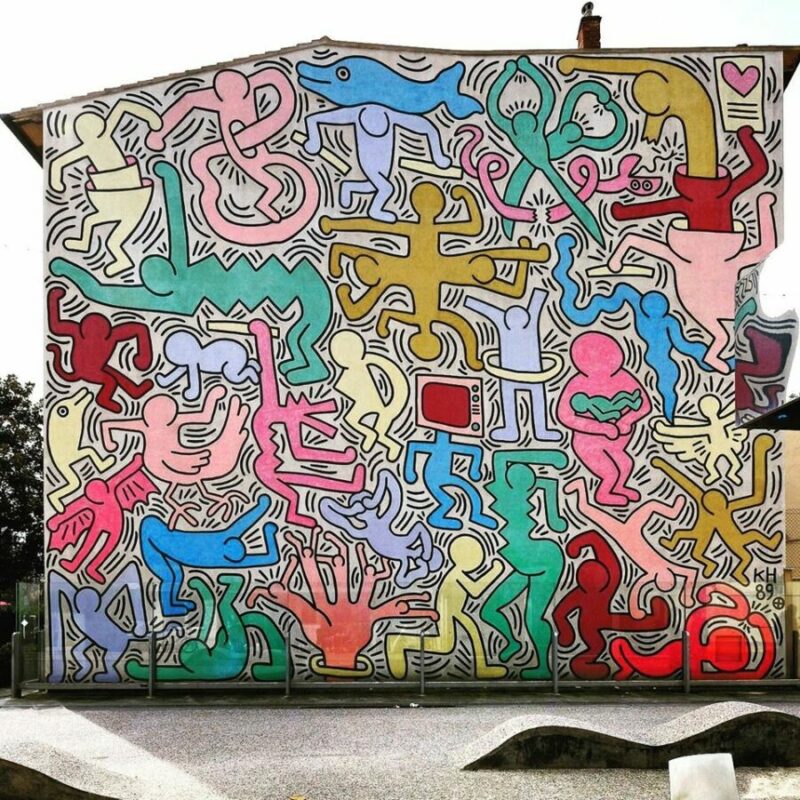
When you are in Pisa, you can see another work of art, but this time of a contemporary nature: the mural “Tuttomondo” by Keith Haring, painted in 1989 on the rear facade of the church of S. Antonio.
The mural depicts 30 stylized characters who fit together and represent different aspects of a peaceful world.
It is a spectacular work painted in just one week and was specifically designed to be permanent, using colors that can keep the color quality intact for a long time.
Botanical Garden of Pisa
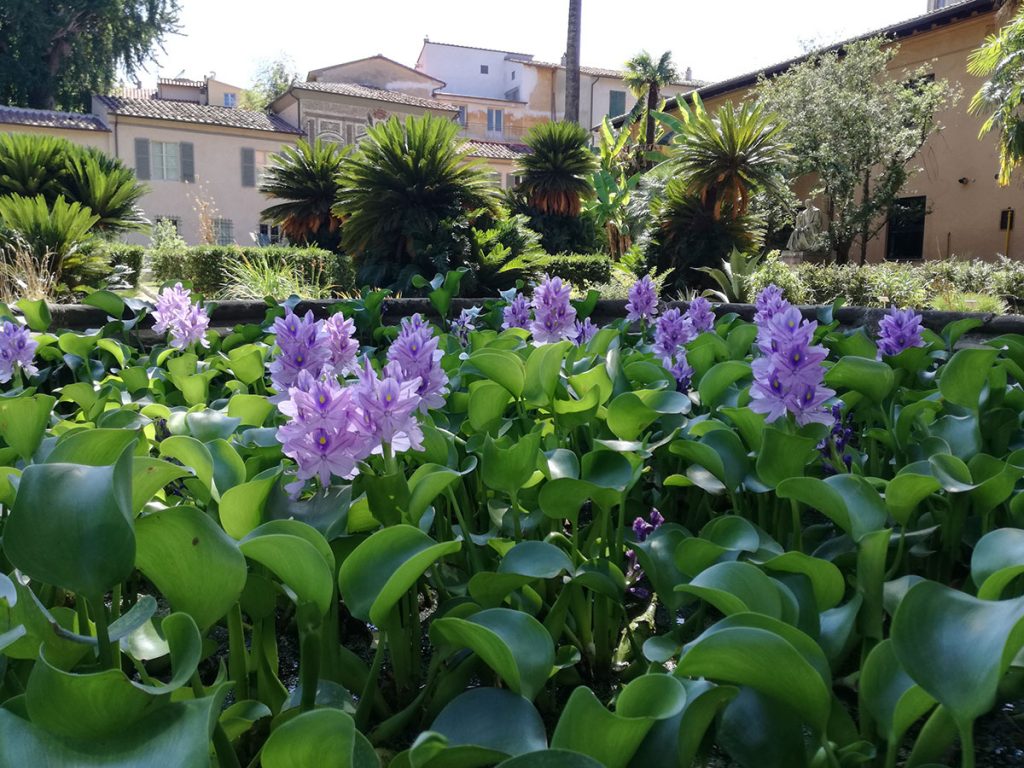
A 3-minute walk from Piazza dei Miracoli, you will find the Botanical Garden of the University of Pisa, built-in 1543. It is, therefore, the oldest university botanical garden in the world. A stop that deserves to be scheduled: a little nature before finishing the Pisan itinerary doesn’t hurt!
Borgo Stretto
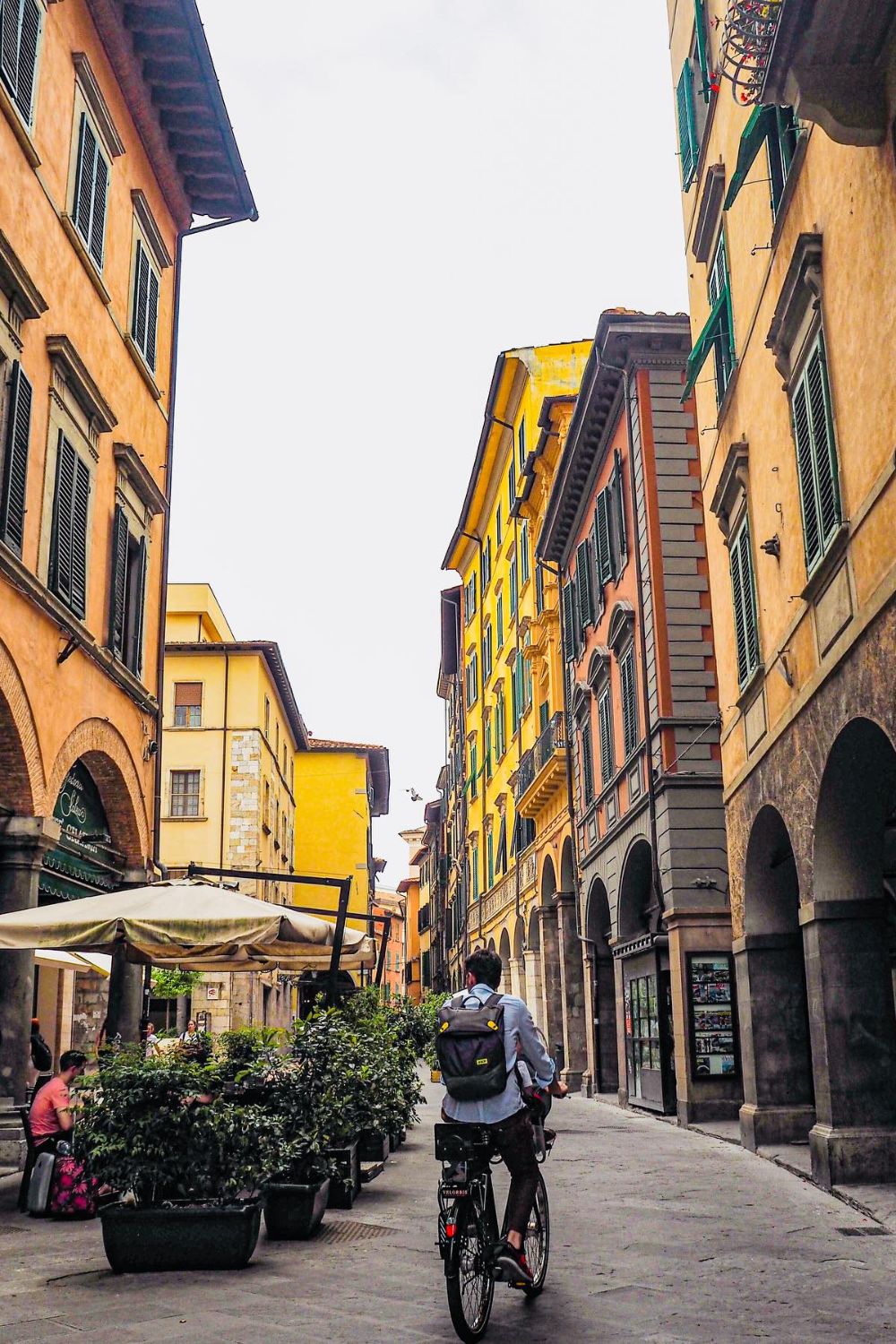
Last but not least, you can visit the most characteristic street of the center: the Borgo Stretto, a narrow neighborhood with its arcades, shops, and cafés. Here there are the palaces of merchants of the fourteenth and fifteenth centuries which form the core of ancient Pisa. In Piazza delle Vettovaglie, you will find also a centuries-old food marketplace.
Pisa Foods
By the way, which are the typical dishes of Pisa? Tuscany has always been synonymous with good food. So even in Pisa, it will be possible to taste delicious dishes. We mention only a few as an example. Bordatino alla pisana is a soup of poor cuisine dish made with bean purée, black cabbage, and yellow flour. It is a typical winter dish.
Read also: Best Restaurants in Pisa.
Pallette is a sort of polenta or, better, a cream of ground cornmeal, served and seasoned with beef, pork, and rabbit ragout with mushroom sauce. The ideal period is from September onwards.
Pappa al Pomodoro is a poor dish of peasant origin, typically Tuscan, prepared with stale bread, tomatoes, basil, garlic, sage, onion, and extra virgin olive oil. It was originally made with advanced bread. The best time to eat it is in the summer when the tomatoes are in season.
Finally, the Cantuccini with Vin santo are dry biscuit of whole almonds and pine nuts. Due to their consistency, consuming them by soaking them in the Vin Santo (a sweet wine) is customary.
Think your friends would be interested? Share “things to do in Pisa”!

